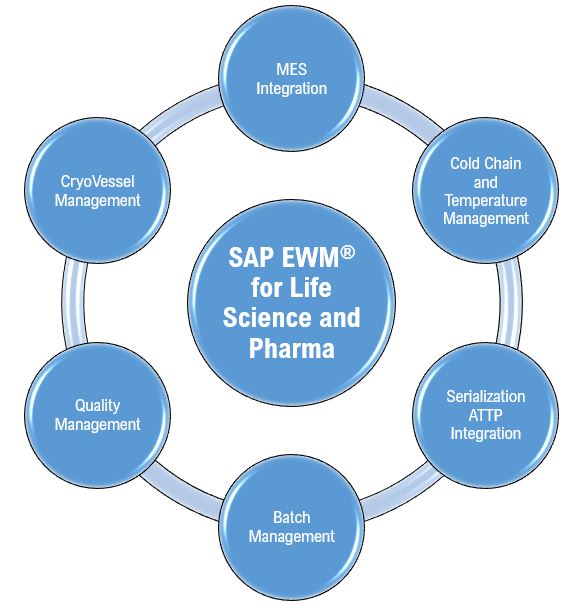In today’s digital era, financial markets are seeing significant evolution driven by emerging technology such as DLT, which is revolutionizing the settlement process. The transformative potential of DLT is challenging traditional financial settlement systems which have been characterized by slow processing, limited transparency and dependence on multiple intermediaries.
Settlement is the foundational pillar of financial markets, responsible for ensuring that trades are accurately finalized and ownership of assets is securely transferred between parties. Traditionally, these settlement systems operate through a network of clearinghouses, custodians, and intermediaries, ensuring that transactions are validated, matched and completed. In existing market structures, settlement can take two to three business days (T+2 or T+3), exposing participants to counterparty risk and increasing operational costs. To address these inefficiencies and risks, DLT introduces a fundamentally new approach by offering the potential to streamline settlements, reduce risks and enhance transparency through decentralized, shared ledger, and real-time settlement infrastructure.
Core Capabilities of DLT-Based Settlement Infrastructure
DLT fundamentally transforms the framework for financial settlements, replacing conventional, intermediary dependent processes with decentralized, transparent, and automated mechanisms. Below are the capabilities that foster a more efficient, secure, and transparent financial settlement landscape:
1. Real-Time or Near-Instant Settlement (T+0): Traditional financial settlement systems typically operate on batch processing models, where transactions are grouped and settled at predetermined intervals mostly at the end of the business day. Whereas, DLT facilitates real-time or near-instant settlement, enabling immediate and individual processing and finalization of each transaction.
2. Atomic Delivery Versus Payment (DvP): In traditional settlement systems, a time lag often exists between the transfer of assets and the corresponding payment, introducing settlement risk and the possibility of one-party defaulting after the other. DLT facilitates atomic DvP, where the transfer of the asset and the corresponding payment occur simultaneously. This atomicity guarantees immediate finality and eliminates counterparty risk, thereby enhancing the security and reliability of financial transactions.
3. Automation through Smart Contracts: Traditional post-trade processes, such as corporate actions, interest payments, and collateral management are often manual or partially automated, leading to inefficiencies and a higher risk of errors. DLT enables the use of smart contracts, which are self-executing programs that enforce predefined rules and conditions. By automating complex workflows, smart contracts significantly reduce manual intervention, minimize operational errors and enhance overall efficiency and transparency in post-trade operations.
4. 24/7 Global Operations: Traditional financial markets typically operate within fixed hours and geographical boundaries. DLT networks can run continuously, allowing for 24/7 global transaction processing and settlement. This removes time zone limitations and facilitates true round-the-clock trading and liquidity management.
Benefits of DLT-Based Settlement Systems
DLT offers transformative advantages beyond its core features which are as follows:
1. Significant Cost Reduction: By automating reconciliation, eliminating redundant systems, and reducing the need for numerous intermediaries, DLT drastically lowers operational expenses. This streamlined process cuts down on labor-intensive processes, infrastructure, and auditing costs associated with traditional multi-party settlements.
2. Enhanced Capital Efficiency: Near real-time and atomic settlement mechanisms enabled by DLT significantly enhance liquidity efficiency by reducing the capital locked as collateral to mitigate settlement risk. With immediate finality, financial institutions require less buffer capital for outstanding transactions. This unlocks liquidity that can be redirected towards other investments, lending or revenue-generating activities.
3. Reduced Systemic Risk: DLT enhances the robustness of financial infrastructure by eliminating prolonged settlement cycles and multiple points of failure. A shared and immutable ledger minimizes the risk of transaction failures and cascading defaults resulting in financial stability and resilience.
DLT-based settlement systems are no longer a futuristic concept but a rapidly evolving reality, poised to fundamentally reshape the financial landscape. By offering enhanced transparency, real-time finality and operational efficiency, they offer the potential to significantly reduce cost and risks, optimize capital utilization and mitigate systemic risks.
This evolution is gaining substantial momentum, with governments and central banks globally actively exploring and implementing DLT-driven initiatives. For instance, the European Central Bank recently unveiled a strategy for DLT settlements in central bank money. Similarly, the Bank of England is making significant progress with its Digital Securities Sandbox, which includes plans for a Digital Gilt (DIGIT) pilot issuance using DLT. These initiatives underscore a collective global movement towards embracing DLT’s transformative potential. As these pilot projects mature, DLT-based settlement systems will serve as the foundational structure for a more resilient, stable and globally integrated financial settlement infrastructure.








